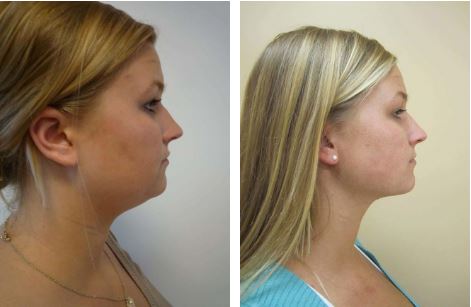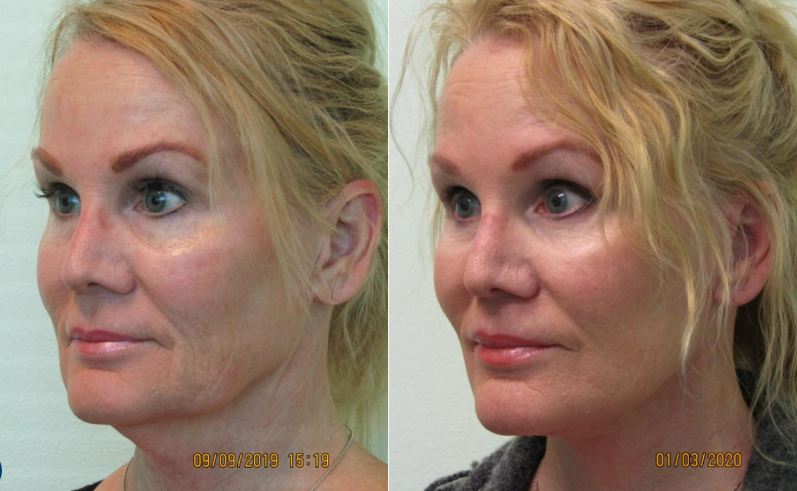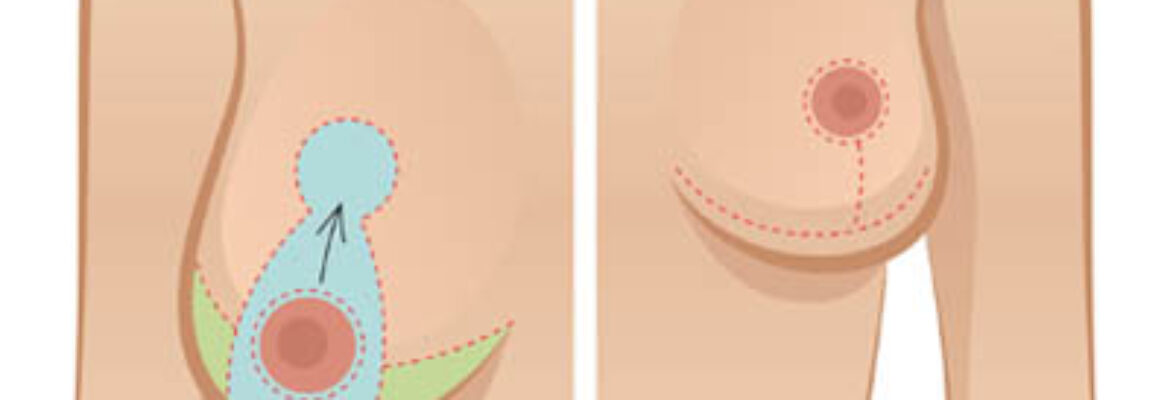
Rhinoplasty costs vary greatly depending on several factors. You will learn how to calculate your insurance coverage and what your cost for rhinoplasty. When comparing the costs of rhinoplasty among different hospitals and surgeons, there are some things you should keep in mind. These tips, along with the experience of the surgeon, will help you understand why rhinoplasty can be so expensive and how much it will run.
The cost of a Rhinoplasty is dependent on where you live.
Costs of a Rhinoplasty depend on the surgeon, where you are located, and what type of reshaping it is. Post-operative care can also vary in cost. Don't choose a surgeon based only on their price. Also, you should always request to see the before-and/after pictures on their website. You should also check for fellowships and board certification.

Most insurance policies cover rhinoplasty procedures. However, it is important that you check your insurance policy to confirm that you will be covered. While you may not have a high deductible, you should ask about your coverage before booking an appointment. You can also inquire about financing options, even if your payment is cash. Most surgeons offer some kind of financing plan. This allows you to pay a deposit and the remainder in monthly installments.
Variations in rhinoplasty costs
While prices for rhinoplasty are variable across the country due to differences in cost, one thing that is most influential is the geographical location of the surgeon. The cost of plastic surgery on the coast is higher than in the rest of the country, with approximately 78% of all rhinoplasties being performed along the coast. Other than geographic factors, the cost for rhinoplasty will also be affected by the surgeon's hourly rates and business expenses.
Following rhinoplasty, patients can expect some swelling and bruising. Although the recovery period is short, patients should not be strenuous for several days. The nose and below the eyes can experience some bleeding. These are temporary and should go away in a few more weeks. To reduce swelling, patients should rest with their heads elevated. The nasal packing and splint can be removed after four to seven days.
Rhinoplasty insurance coverage
The policy and the insurer will determine if rhinoplasty is covered. You should research the details of your insurance policy before you make a request for treatment. Many insurers won't cover surgical procedures that are medically necessary. For patients with problems with their nasal breathing, functional rhinoplasty can be a great option. The surgery may fix broken noses, for instance. If you suffer from breathing difficulties such as sleep apnea or another, however, your health insurance may cover the costs of the surgery.

The majority of cosmetic surgery is not covered by Medicare or private health insurance. However, some private health insurance funds will cover functional rhinoplasty if it's part of a high-deductible health plan. HSA participants pay covered medical expenses with money they have in their pre-tax savings account. If your policy covers cosmetic surgery, your insurance may cover the cost associated with rhinoplasty. If you are not sure, you can contact your insurance provider to confirm whether you are eligible for special plans.